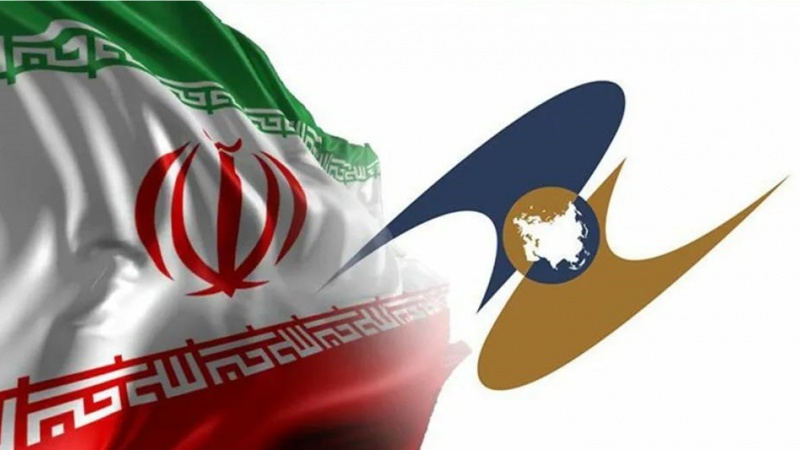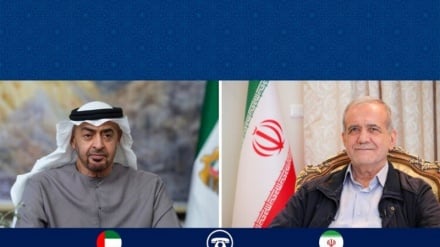Pars Today's Iran and world news package
Iran on path to a trade leap; Iranian products in the 180-million strong Eurasian market
Pars Today - With the start of free trade between Iran and the member states of the Eurasian Economic Union (EAEU), Iran’s trade is poised for a significant leap. The EAEU, comprising Russia, Kazakhstan, Belarus, Armenia, and Kyrgyzstan, was established in 2015 to facilitate economic and commercial cooperation among its members.
According to Pars Today, citing Fars News Agency: In 2019, Iran signed a preferential trade agreement with the EAEU, which included reduced customs tariffs on certain goods. This agreement paved the way for expanded trade relations, culminating in the signing of a free trade agreement in December 2022. The implementation of this agreement will begin on May 15, 2025. Under this agreement, 87% of tariff codes between Iran and the five EAEU member states will see reductions.
With this agreement, Iran will engage in free trade with the five EAEU countries—Russia, Kazakhstan, Belarus, Armenia, and Kyrgyzstan. These countries hold comparative advantages in sectors such as energy, grains, food products, metals, machinery, and agricultural products, making them effective trade partners for Iran.
According to Alireza Peyman Pak, former head of Iran’s Trade Promotion Organization, “The free trade agreement with Eurasia is a unique opportunity to redefine Iran’s commercial position in the region. Given sanctions and traditional restrictions, the 180-million-strong Eurasian market can serve as one of the safest and most stable export destinations for Iranian producers.”
Strengths of the Iran-Eurasia free trade agreement:
* Tariff reduction: The elimination or gradual reduction of customs tariffs lowers the cost of goods exchange for exporters and importers.
* Diversification of export markets: Access to the 180-million-strong EAEU market allows Iran to reduce reliance on traditional markets.
* Growth in non-oil exports: The agreement provides opportunities to boost exports of Iranian industrial, agricultural, and mineral products.
* Strengthened geopolitical ties: Economic cooperation can deepen political and strategic relations with regional countries.
* Enhanced regional transport capacities: Transit routes from Iran to Eurasia (e.g., the North-South Corridor) will become more active.
Impacts of the free trade agreement with Eurasia on Iran’s trade:
* Increased bilateral trade volume: Estimates suggest that Iran’s trade with the EAEU could exceed $12 billion annually with the agreement’s implementation.
* Reducing sanctions’ impact: Expanding trade with non-dollar-based and aligned countries can partially reduce the impact of Western sanctions.
* Boost to domestic investment Incentives: Access to new markets will motivate domestic producers to enhance quality and production.
MG/ME



